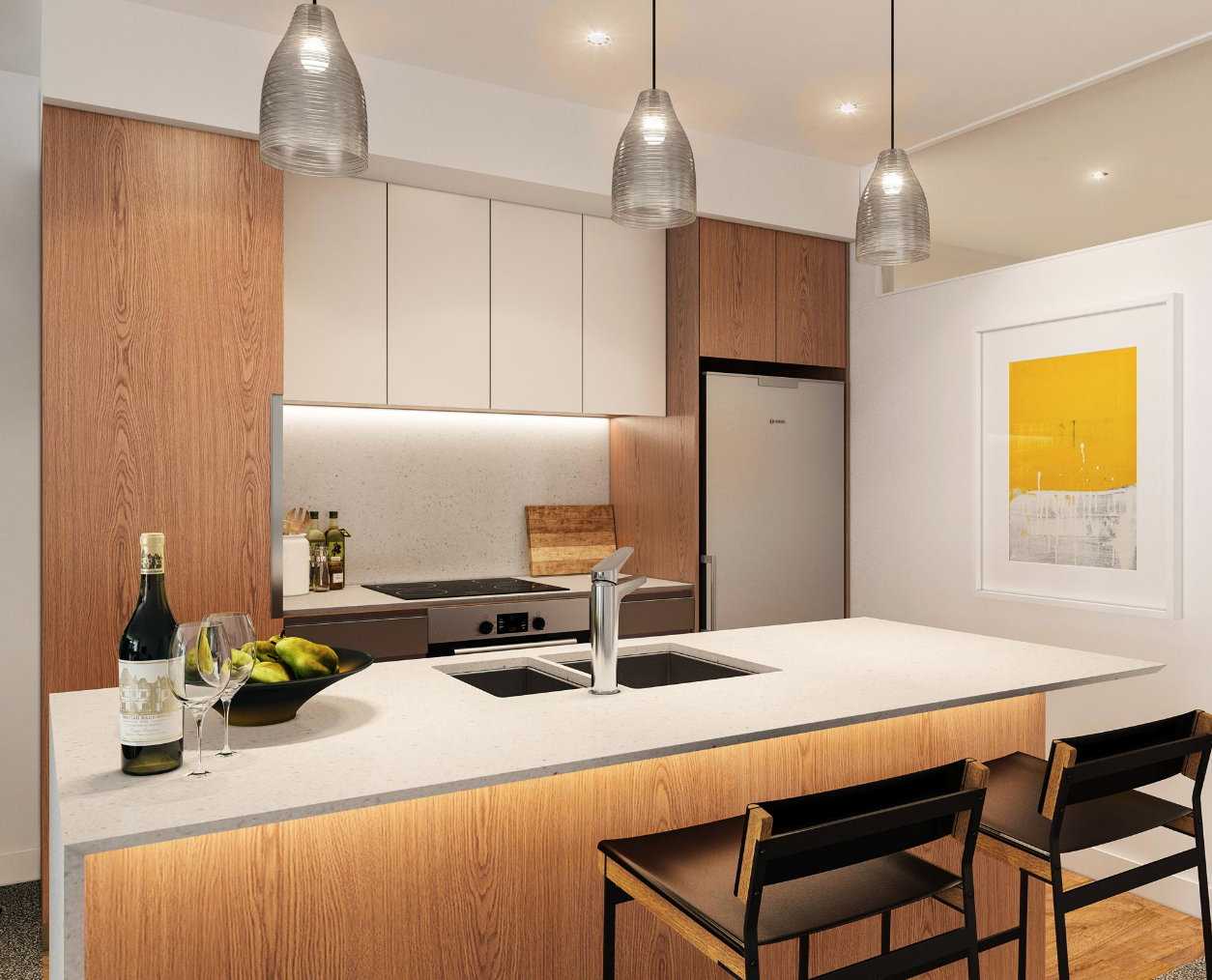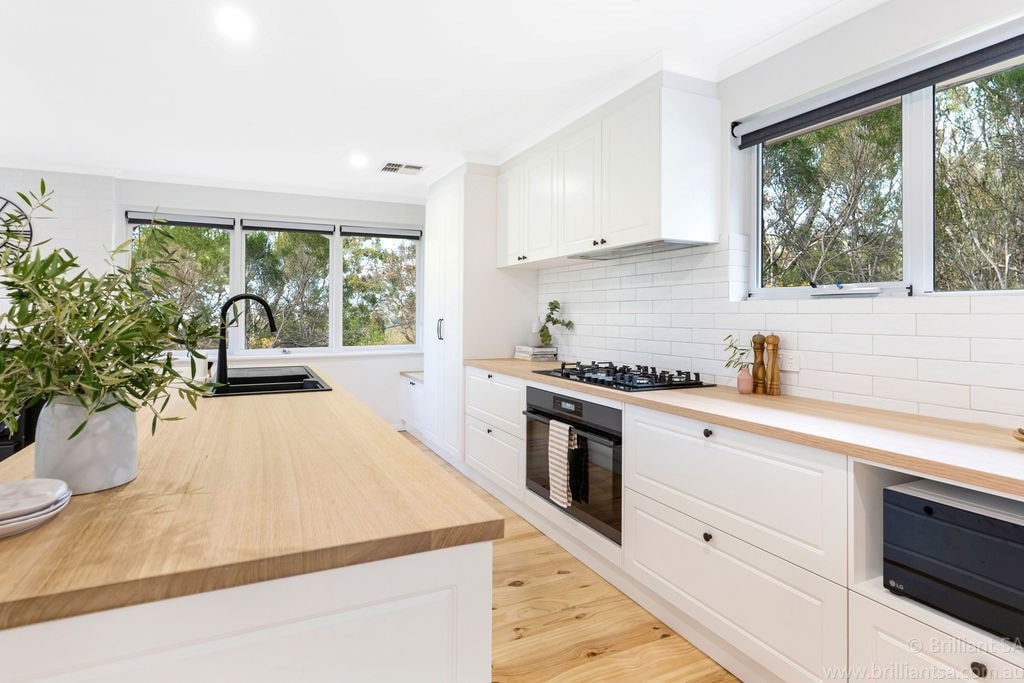Important Tips for Keeping Your Kitchen Benchtops for Lasting Charm
Maintaining the charm and long life of your kitchen benchtops needs a thoughtful approach to care and cleaning. With numerous materials and finishes readily available, the ideal techniques might vary-- discovering these nuances can reveal unanticipated insights for your kitchen area treatment regimen.
Regular Cleaning Practices
Preserving an excellent cooking area benchtop starts with implementing regular cleansing techniques. Developing a constant cleaning routine is vital to prevent the buildup of dirt, grime, and germs, guaranteeing both health and visual appeal. A day-to-day cleaning routine need to involve cleaning down surface areas with a soft fabric and warm, soapy water to get rid of food bits and spills. This straightforward technique not just keeps the benchtop looking fresh however likewise decreases the danger of contamination.
Along with daily maintenance, a regular deep clean is advisable. Throughout this process, consider making use of a more comprehensive remedy, such as a gentle multi-surface cleaner, to take on any type of persistent stains or deposits. For materials like granite or quartz, it is necessary to follow supplier recommendations for cleansing products to protect their integrity.
Pay unique attention to high-traffic areas where spills are much more likely to occur, and don't neglect to cleanse the sides and edges where dirt can gather. Normal cleaning not only enhances the durability of your kitchen area benchtop yet additionally makes sure a safe and welcoming cooking atmosphere. By establishing these habits, homeowners can maintain the beauty and functionality of their cooking area surfaces with time.
Preventing Harsh Chemicals
When it involves cleansing cooking area benchtops, picking the ideal cleaning products is extremely important (Kitchen Benchtops). The long life and aesthetic allure of your benchtops can be substantially endangered by the use rough chemicals. Many conventional cleaner include unpleasant substances that can scrape and dull surfaces, bring about unattractive marks and a decrease in their overall life expectancy
Additionally, harsh chemicals can respond adversely with particular materials, such as natural stones or crafted surface areas, possibly causing staining or deterioration. For example, acidic cleaners can wear down the finish of granite or marble, while bleach can damage synthetic surfaces. Consequently, it is necessary to opt for pH-balanced, mild cleaning options that successfully eliminate dirt and discolorations without risking injury to your benchtops.
In addition, several green items are offered on the market, which not only offer secure cleansing options but likewise add to a healthier kitchen environment. If you like a do it yourself approach, a mix of warm water and moderate soap can be extremely effective (Kitchen Benchtops). By avoiding harsh chemicals, you can preserve the appeal and honesty of your cooking area benchtops for many years ahead
Making Use Of Trimming Boards
Making use of reducing boards is crucial for protecting your cooking area benchtops from scrapes and damages while preparing food. These boards act as a barrier in between your knives and the surface of your benchtops, considerably reducing the threat of undesirable marks and use. It is recommended to use a cutting board made from products such as wood, bamboo, or plastic, as each offers unique benefits.
Wooden cutting boards are known for their resilience and knife-friendly residential properties; they can help keep your blades sharp. Bamboo boards are an environmentally friendly selection that is light-weight and immune to blade marks. Plastic cutting boards, on the various other hand, are very easy to tidy and typically dishwashing machine secure, making them a useful alternative for daily use.

Sealing and Safeguarding Surface Areas
Protecting your kitchen benchtops expands why not try these out beyond the use of cutting boards; sealing the surfaces plays a critical duty in guarding versus discolorations, dampness, and use. The right additional hints sealant can boost the longevity of materials, such as granite, quartz, and timber, guaranteeing they maintain their aesthetic allure gradually.

Application of the sealer must be carried out in a tidy, dry setting, following the producer's guidelines for optimum outcomes. Usually, this involves cleaning the surface area extensively, applying the sealer uniformly, and enabling it to heal as advised. Regular maintenance, consisting of resealing every 1-3 years depending upon usage and product, will certainly strengthen security and extend the life of your benchtops, guaranteeing they remain a stunning prime focus in your kitchen.
Addressing Spots Without Delay
Stains on kitchen area benchtops can swiftly come to be a significant issue if not attended to without delay. The longer a stain remains, the harder it comes to be to remove, potentially resulting in irreversible discoloration and damage to the surface area. It is imperative to deal with spills and stains as soon as they happen.
Different products need specific techniques to stain removal. Non-porous surfaces like quartz can usually be cleaned up with mild soap and water, while porous more tips here products, such as all-natural stone, might need customized cleaners to prevent fluid penetration. Always describe the manufacturer's guidelines for the very best cleansing practices.

Normal maintenance, including sealing permeable surface areas, can dramatically lower the danger of discoloration. By promptly addressing spills and comprehending the specific needs of your benchtop material, you can maintain the visual charm and performance of your kitchen surface areas for many years ahead.
Verdict
Finally, preserving the charm and performance of kitchen area benchtops calls for adherence to crucial cleaning practices, avoidance of severe chemicals, and using protective steps such as cutting boards. Regular securing of permeable products and timely interest to spills and spots are important for maintaining the stability of surfaces. By executing these techniques, the long life and visual charm of kitchen area benchtops can be substantially improved, making sure a beautiful and resilient culinary environment.